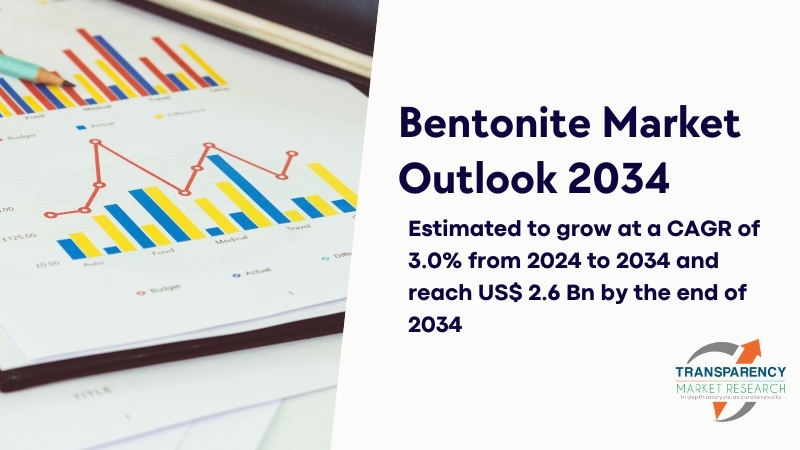
Federal Reserve officials are scheduled Wednesday to announce an interest rate decision and release a fresh set of economic projections . Policymakers have held interest rates in a range of 5.25% to 5.
5% since July 2023, after lifting them sharply starting in early 2022 as they battled rapid inflation . They are expected to cut them by either a quarter or half a percentage point, lowering borrowing costs for the first time in more than four years -- and predicting more to come. The question is how much the Fed will change policy and what they will project for the months ahead.

Investors will carefully parse the Fed's forecasts as they try to understand what policymakers are planning. Here's how to read the numbers: The Dot Plot, Decoded Stock Trading Market 101: An Insight into Trendlines and Momentum By - Rohit Srivastava, Founder View Program Stock Trading Markets 102: Mastering Sentiment Indicators for Swing and Positional Trading By - Rohit Srivastava, Founder View Program Stock Trading Market 103: Mastering Trends with RMI and Techno-Funda Insights By - Rohit Srivastava, Founder View Program Stock Trading Market 104: Options Trading: Kickstart Your F&O Adventure By - Saketh R, Founder- QuickAlpha, Full Time Options Trader View Program Stock Trading ROC Made Easy: Master Course for ROC Stock Indicator By - Souradeep Dey, Equity and Commodity Trader, Trainer View Program Stock Trading RSI Made Easy: RSI Trading Course By - Souradeep Dey, Equity and Commodity Trader, Trainer View Program Stock Trading Technical Analysis for Everyone - Technical Analysis Course By - Abhijit Paul, Technical Research Head, Fund Manager- ICICI Securities View Program Stock Trading Introduction to Technical Analysis & Candlestick Theory By - Dinesh Nagpal, Full Time Trader, Ichimoku & Trading Psychology Expert View Program Stock Trading Options Trading Course For Beginners By - Chetan Panchamia, Options Trader View Program Stock Trading Options Scalping Made Easy By - Sivakumar Jayachandran, Ace Scalper View Program Stock Trading Futures Trading Made Easy: Future & Options Trading Course By - Anirudh Saraf, Founder- Saraf A & Associates, Chartered Accountant View Program Stock Trading Stock Markets Made Easy By - elearnmarkets, Financial Education by StockEdge View Program Stock Trading Renko Chart Patterns Made Easy By - Kaushik Akiwatkar, Derivative Trader and Investor View Program Stock Trading Options Trading Made Easy: Options Trading Course By - Anirudh Saraf, Founder- Saraf A & Associates, Chartered Accountant View Program Stock Trading Stock Investing Made Easy: Beginner's Stock Market Investment Course By - elearnmarkets, Financial Education by StockEdge View Program Stock Trading Macroeconomics Made Easy: Online Certification Course By - Anirudh Saraf, Founder- Saraf A & Associates, Chartered Accountant View Program Stock Trading Stock Valuation Made Easy By - Rounak Gouti, Investment commentary writer View Program Stock Trading Candlesticks Made Easy: Candlestick Pattern Course By - elearnmarkets, Financial Education by StockEdge View Program Stock Trading Technical Analysis Made Easy: Online Certification Course By - Souradeep Dey, Equity and Commodity Trader, Trainer View Program Stock Trading Technical Trading Made Easy: Online Certification Course By - Souradeep Dey, Equity and Commodity Trader, Trainer View Program Stock Trading Commodity Markets Made Easy: Commodity Trading Course By - elearnmarkets, Financial Education by StockEdge View Program Stock Trading Derivative Analytics Made Easy By - Vivek Bajaj, Co Founder- Stockedge and Elearnmarkets View Program Stock Trading A2Z of Stock Market for Beginners: Stock Market Course For Beginners By - elearnmarkets, Financial Education by StockEdge View Program Stock Trading Dow Theory Made Easy By - Vishal Mehta, Independent Systematic Trader View Program Stock Trading Cryptocurrency Made Easy: Cryptocurrency Course By - elearnmarkets, Financial Education by StockEdge View Program Stock Trading A2Z of Stock Trading - Online Stock Trading Course By - elearnmarkets, Financial Education by StockEdge View Program Stock Trading Algo Trading Made Easy By - Vivek Gadodia, Partner at Dravyaniti Consulting and RBT Algo Systems View Program When the central bank releases its Summary of Economic Projections each quarter, Fed watchers focus obsessively on one part in particular: the so-called dot plot. The dot plot will show Fed policymakers' estimates for interest rates at the end of the next several years and over the longer run.
The forecasts are represented by dots arranged along a vertical scale -- one dot for each of the central bank's 19 officials. Economists closely watch how the dots are shifting, because it can give a hint about where policy is heading. They fixate on the middle dot, the 10th.
That middle, or median, official is regularly quoted as the clearest estimate of where the central bank sees policy heading. The Fed moved rates up quickly from March 2022 to July 2023 to make borrowing money more expensive, which can cool the economy. By taking steam out of the housing and labor markets, higher rates tend to weaken demand and make it harder for companies to raise prices without losing customers, eventually weighing on inflation.
But policymakers do not want to slow the economy so much that they cause an outright recession. That is why they have been inching toward rate cuts -- to avoid overdoing it. The European Central Bank , Bank of England and Bank of Canada have already begun to lower interest rates.
The Fed came into 2024 expecting to reduce rates several times this year, but Fed officials' June forecasts projected only one cut because they came after several months of stubborn inflation. Recently, price increases have cooled again, and the job market has shown notable signs of decelerating. Given those developments, many economists expect that the Fed could project a number of rate cuts this year.
Several expect policymakers to forecast a full percentage point of rate reductions, and investors are betting that it could be even more than that. One important trick for reading the dot plot? Pay attention to where the numbers fall in relation to the longer-run median projection. That number is sometimes called the "natural" or "neutral" rate.
It represents the theoretical dividing line between monetary policy that is set to speed up the economy versus a policy meant to slow it down. What the Fed is saying when rates are above that neutral rate is that they are in economy-restricting territory. As of June, officials thought that the longer-run rate was 2.
8%, meaning that policy was clearly weighing on the economy. Unemployment Projections Could Be Interesting One of the biggest questions of this era of high interest rates has been whether the Fed can succeed in lowering inflation without causing a big jump in joblessness -- what economists often refer to as a "soft landing." Page two of the economic projections holds some hints about how Fed officials are thinking about that question.
Fed officials in June projected that unemployment would rise to 4% by the end of this year. As of last month, it was already above that, at 4.2%.
And with job openings coming down notably, there is a risk that the jobless rate may rise more in coming months as would-be workers struggle to find available roles. In fact, if the Fed cuts rates quickly in the months ahead, it is likely to be because officials are worried that the job market is slowing too abruptly. Central bankers wanted the labor market to cool after a few years of hot hiring following the onset of the pandemic, afraid that rapid wage gains would make it tough to fully quash inflation, since companies would try to charge more to pay for their climbing labor costs.
But the heat has come out of the labor market, and now officials seem to be more worried that further cooling could risk a recession. Approach Inflation Estimates With Caution Fed officials are likely to predict that inflation will slow in the years to come, partly because they always do. By definition, the Summary of Economic Projections includes forecasts of what the economy will look like if policy is set appropriately, and appropriate policy means an interest rate level that drives inflation back to the Fed's 2% goal over time.
Still, it will be notable just how quickly Fed officials think they can guide inflation fully back to the target. In their forecast in June, officials didn't expect to get back to the target until 2026. But they also expected inflation to close out the year at 2.
6%, and it's already down to 2.5%. Add it all up, and the economic projections will offer not only a hint at the path ahead for policy but also a snapshot of how the Fed expects to achieve a soft landing for the U.
S. economy. This article originally appeared in The New York Times .
(You can now subscribe to our ETMarkets WhatsApp channel ).














